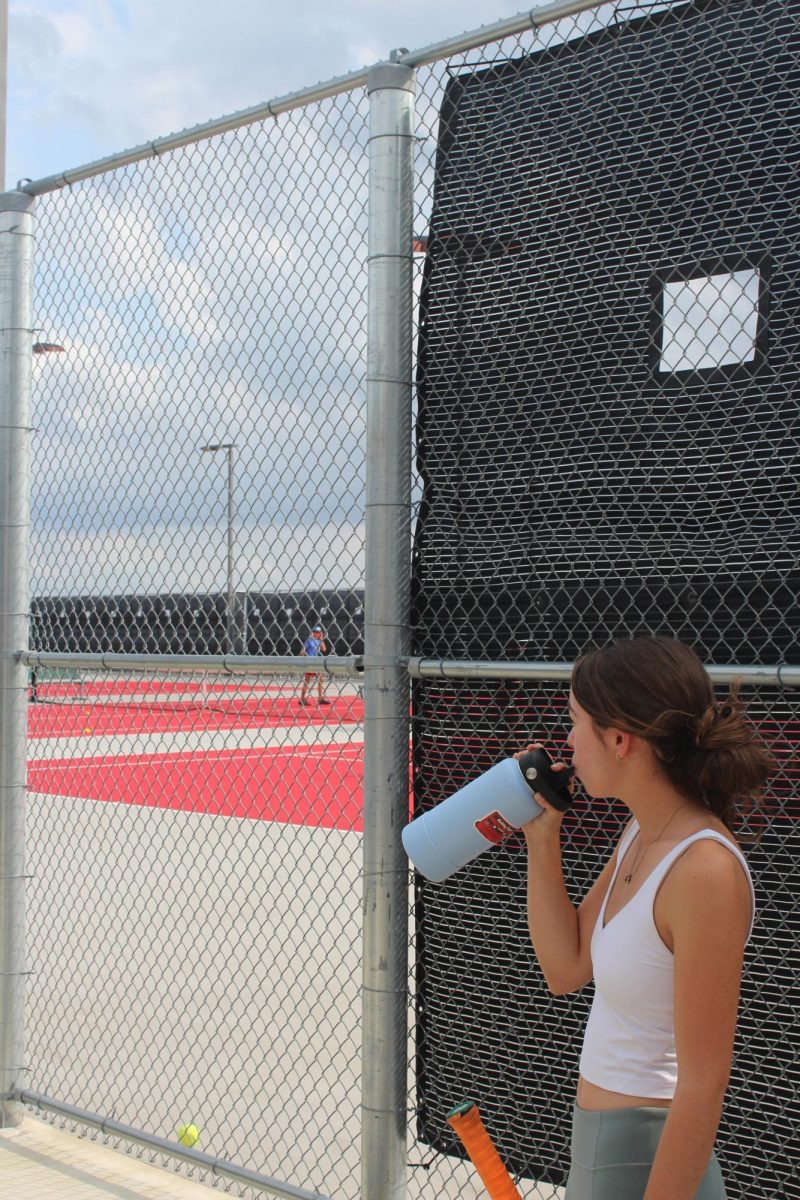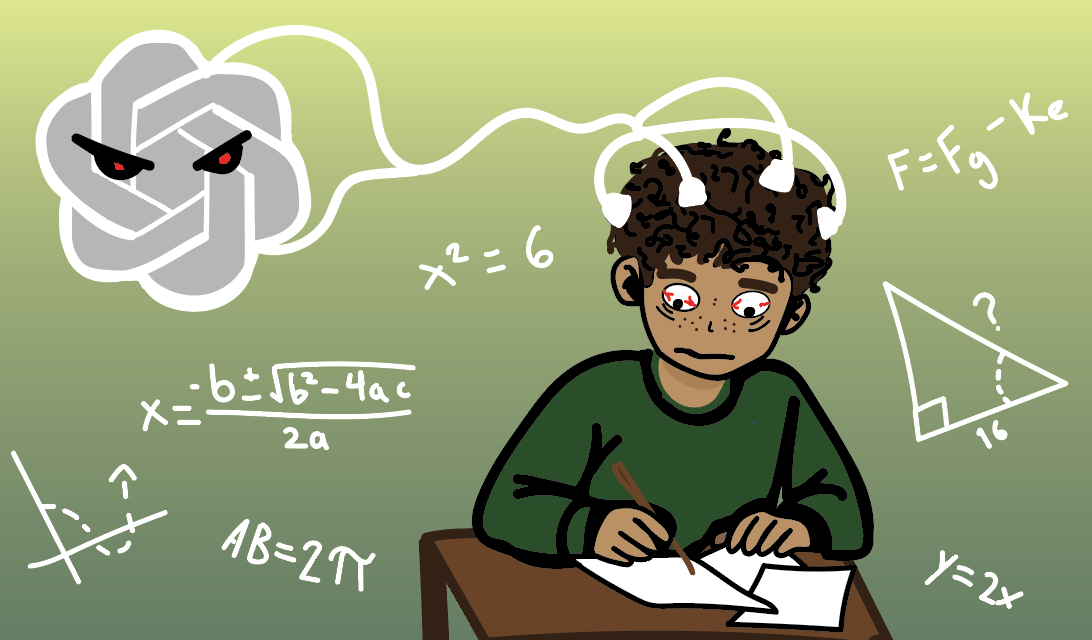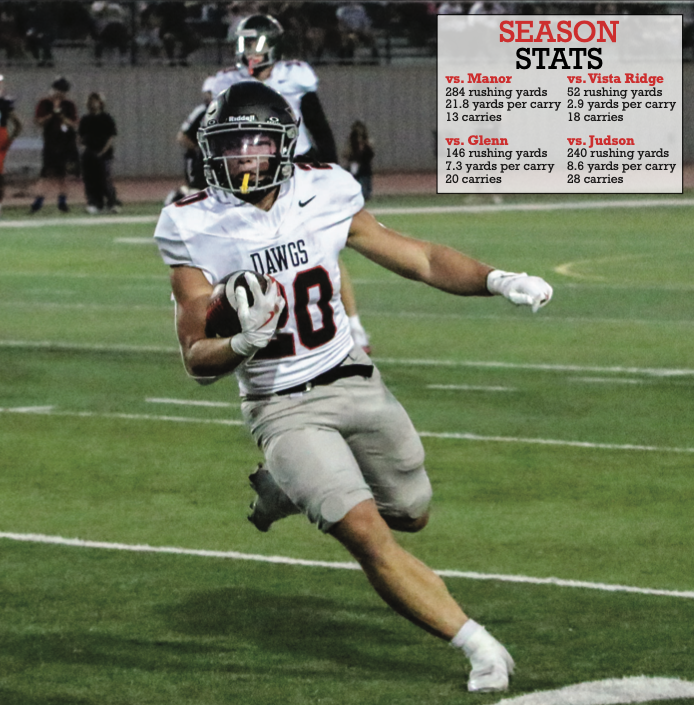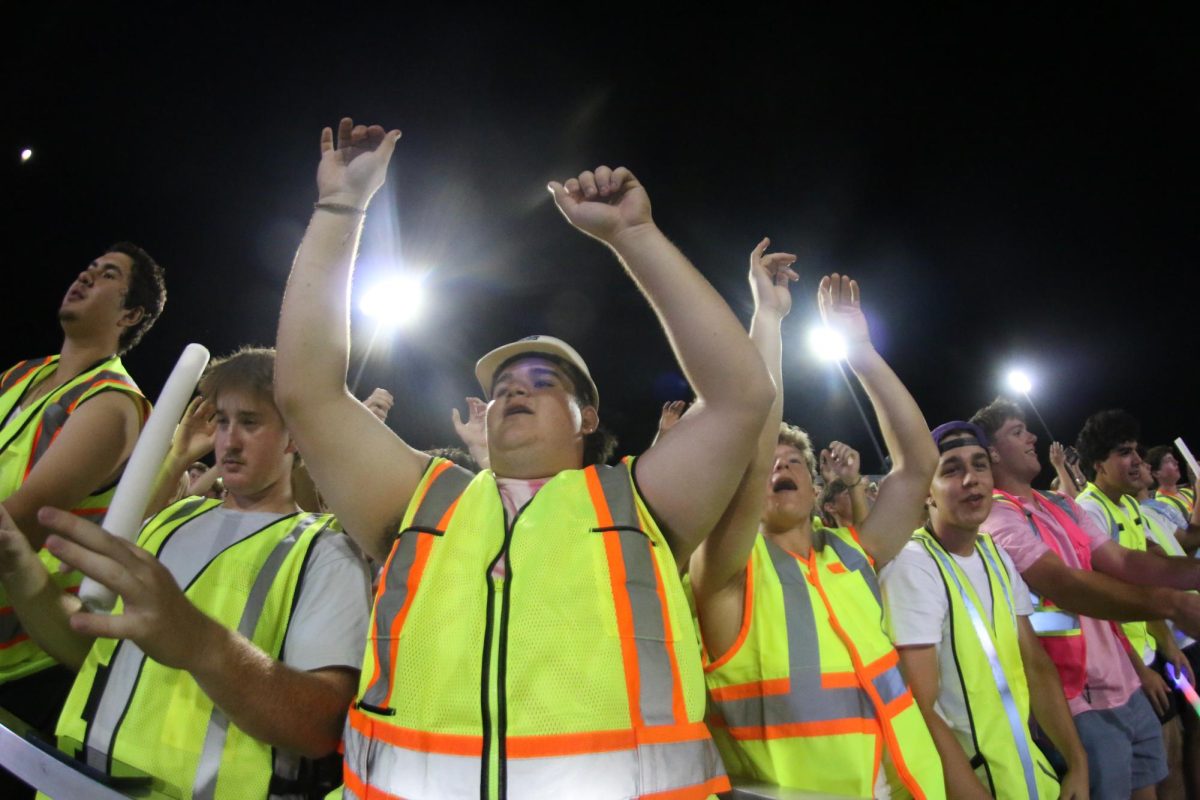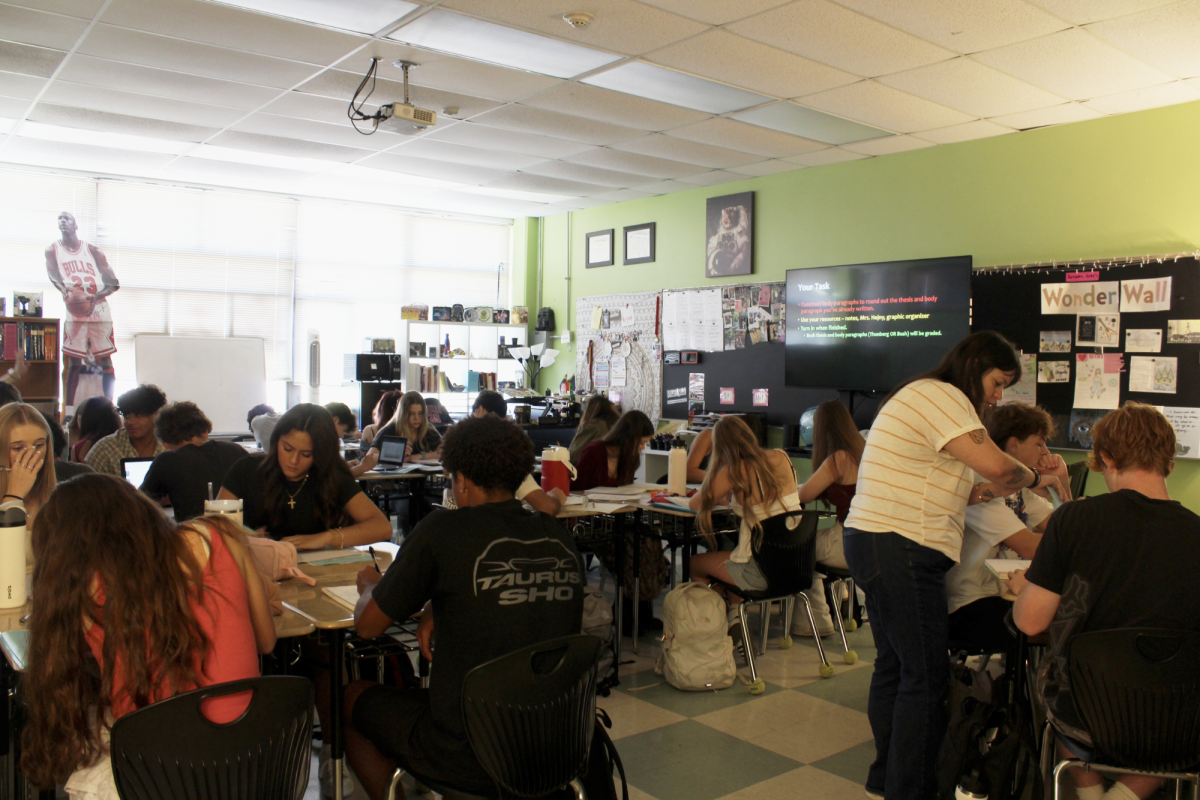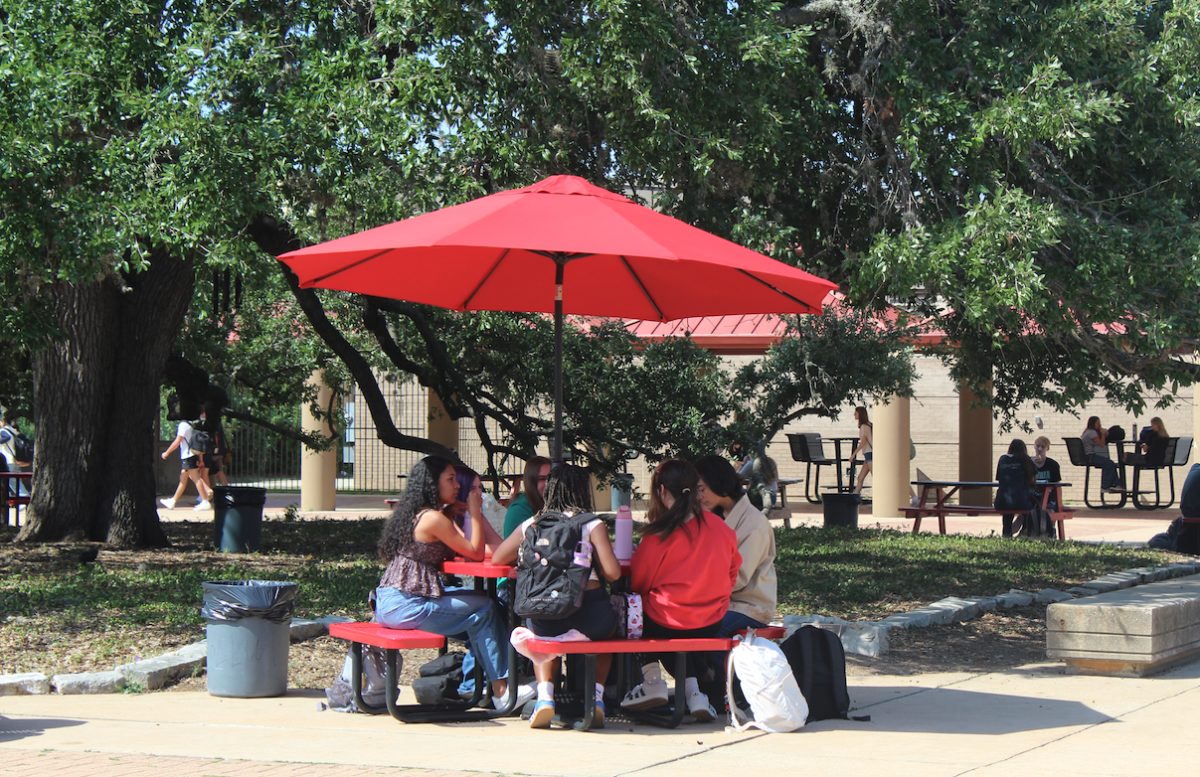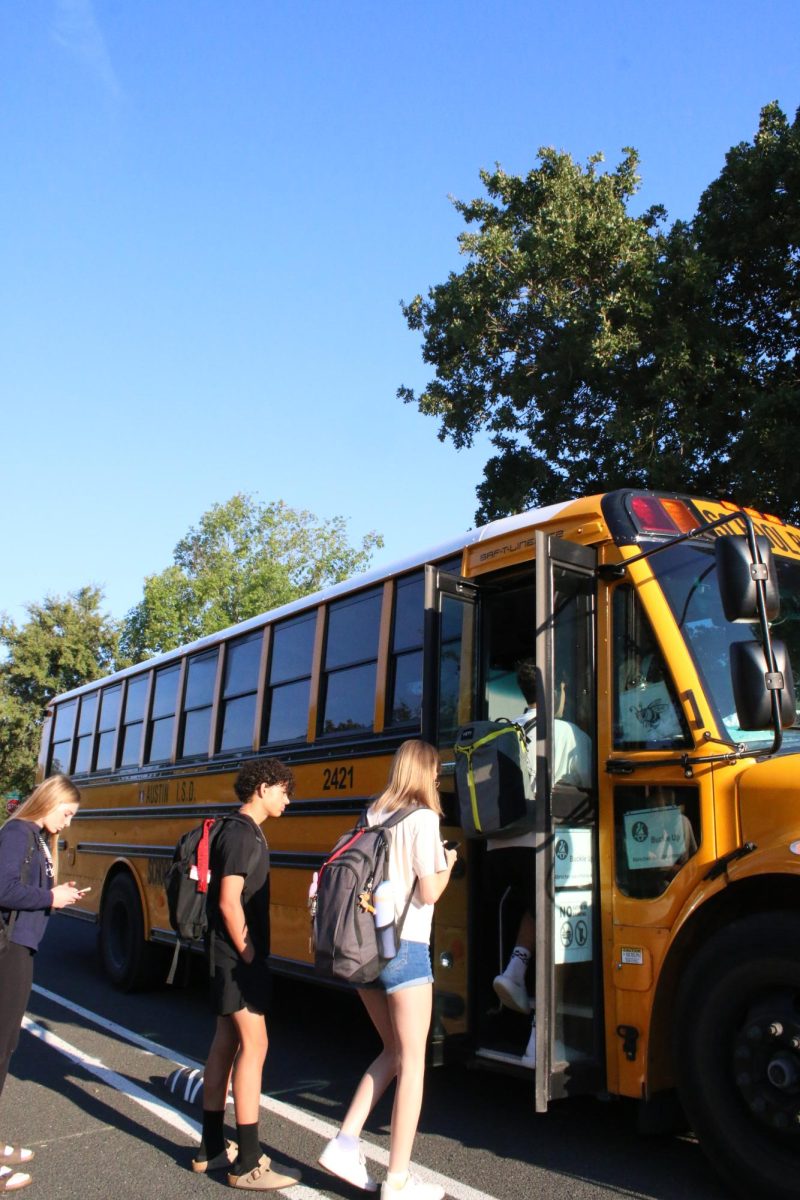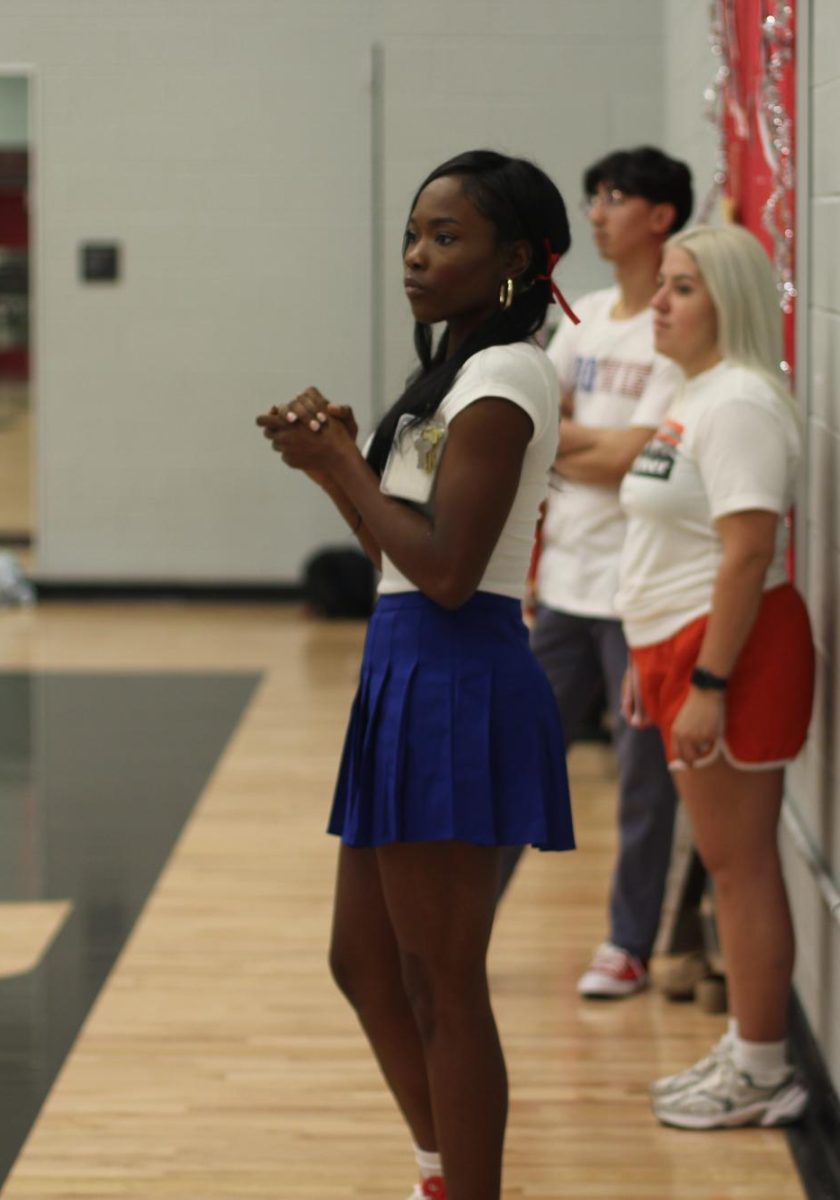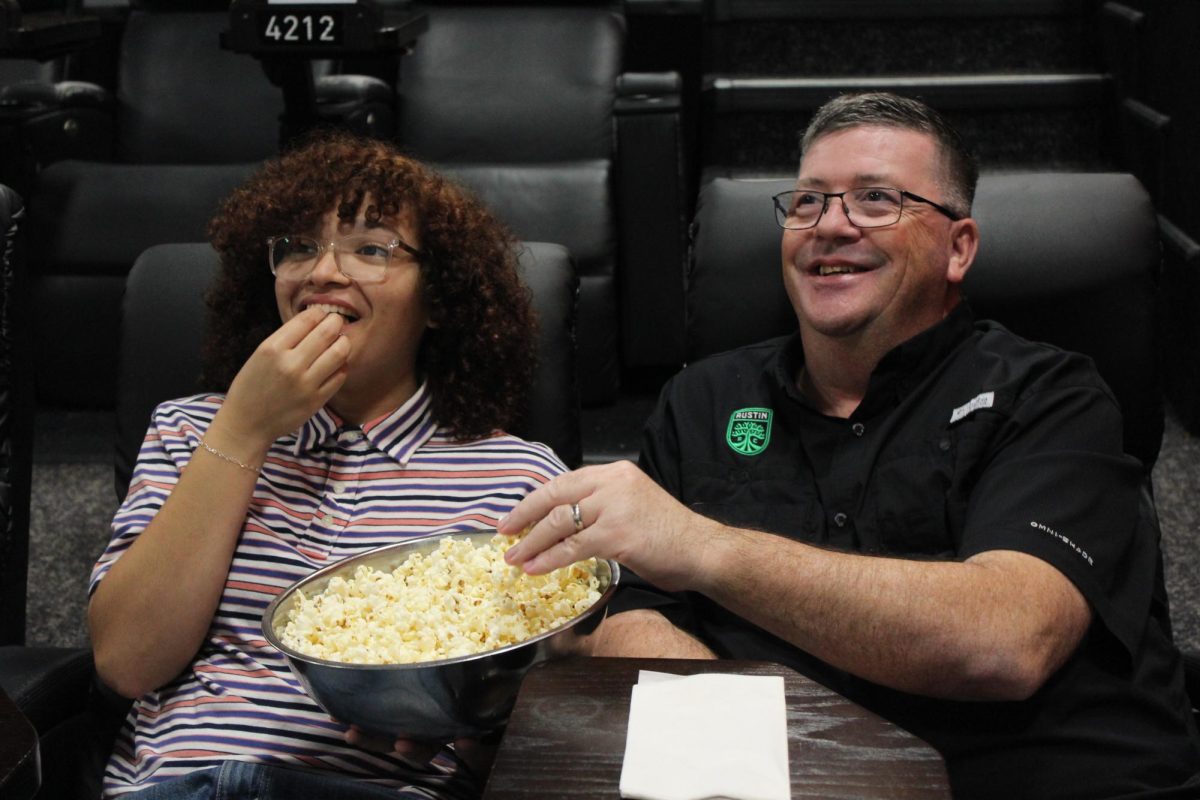Sweat drips down sophomore varsity tennis co-captain Abby Laine’s face as she swings her tennis racket, fighting against the unforgiving Texas heat. Following nearly 80 days of temperatures of 100 degrees or higher in Austin, the Austin Independent School District (AISD) has implemented stricter heat guidelines for outdoor extracurriculars.
These new guidelines consist of more frequent water breaks, time limits on outdoor practices, and a new weather monitoring system being purchased for all middle and high schools in the district. Student athletes across all outdoor sports are feeling the heat, both physically from the temperatures and metaphorically from coaches. Resulting in these athletes having to advocate for their own health.
“I am the one who warns our team about heat warnings,” Laine said. “My coach actually said one day before a match ‘keep going, we don’t want to forfeit a match’ and I told my teammates, ‘actually, if you feel bad, stop playing it’s okay to take a forfeit.”
Laine has suffered the effects of heat sickness firsthand, as well as many of her teammates.
“I have thrown up multiple times because of playing in the heat,” Laine said. “My old doubles partner has thrown up every single game she has played.”
Heat sickness is a serious illness and should be treated as such. The Bowie sports medicine training staff is well equipped to handle heat sickness and treat its symptoms.
“I’ve been trained how to take care of players when they’re experiencing heat exhaustion,” senior student athletic trainer Clayton Laney said. “I also know that I’m under two really great adult athletic trainers that will take really good care of the players.”
Preventative care is also very important in the treatment of heat sickness, being well hydrated and preparing your body to handle the heat can help lessen the intense symptoms of heat exhaustion.
“I caution everyone to drink lots of water,” Laney said. “If you do start feeling bad, go into the shade, and let an adult know how you’re feeling.”
Coaches have also been taking preventative actions for their players and paying attention to how players are feeling.
“When it was really hot in the beginning of the year, the coaches moved practices to the morning,” Laney said. “They added more water breaks to practice, and we were told to start watching more attentively for signs of heat stroke or heat sickness.”
These new guidelines have been put in place to protect AISD’s student athletes and give them a better chance at thriving in the heat. Both in games and in practices.
“I think these guidelines will help players a lot,” Laney said. “They will allow them to stay safe in the Texas heat.”



